Top 5 Outboard Carburetor Problems and How to Fix Them

For boat owners, few things are more frustrating than planning a perfect day on the water only to be sidelined by engine problems. Outboard motor carburetors are often the culprit behind many common issues that plague boaters. Understanding these problems and knowing how to address them can save you time, money, and countless headaches.
In this comprehensive guide, we'll explore the five most common outboard carburetor problems, their symptoms, causes, and most importantly, how to fix them. Whether you're a seasoned boater or new to marine engine maintenance, this information will help you keep your outboard running smoothly all season long.
1. Hard Starting: When Your Outboard Won't Fire Up
Symptoms
- Engine cranks but won't start
- Requires excessive cranking before starting
- Starts momentarily then dies
- Needs choke to start even when warm
Common Causes
Hard starting issues are frequently related to fuel delivery problems in the carburetor. The most common causes include:
- Stale or contaminated fuel: Gasoline deteriorates over time, forming gummy deposits that clog fuel passages
- Improper choke operation: A malfunctioning choke prevents the rich fuel mixture needed for cold starts
- Clogged idle jets: Small passages that supply fuel at idle can become blocked with debris or varnish
- Incorrect float level: When set too low, insufficient fuel enters the combustion chamber
- Air leaks: Vacuum leaks around the carburetor gaskets disrupt the air-fuel ratio
How to Fix It
Quick Fixes
-
Check your fuel: Ensure you're using fresh fuel with the correct oil mixture for two-stroke engines. Add a quality fuel stabilizer if the fuel has been sitting for more than two weeks.
-
Verify choke operation: With the engine off, manually operate the choke plate to ensure it moves freely and fully closes. Clean or replace if it's sticking.
-
Use starting fluid cautiously: In emergency situations, a small spray of starting fluid into the air intake can help diagnose if fuel delivery is the issue. Caution: Use sparingly as excessive use can damage engines.
More Involved Solutions
- Clean the carburetor: For persistent starting issues, a thorough carburetor cleaning may be necessary:
- Remove the carburetor following your engine's service manual
- Disassemble and soak metal parts in carburetor cleaner
- Use compressed air to blow out all passages
- Pay special attention to the idle and main jets
-
Replace all gaskets when reassembling
-
Adjust the float level: If your engine starts better when you prime it manually:
- Remove the float bowl
- Check that the float moves freely
- Adjust according to specifications in your service manual (typically parallel to the gasket surface)
- Ensure the needle valve isn't sticking or worn

2. Rough Idle and Stalling: When Your Engine Can't Maintain Consistent RPMs
Symptoms
- Uneven or fluctuating idle
- Engine dies at idle or low speeds
- Surging or hunting (RPMs rise and fall cyclically)
- Stalls when shifting into gear
Common Causes
Rough idle and stalling typically stem from improper fuel-air mixture at low RPMs:
- Clogged idle circuits: Varnish buildup in the small idle passages restricts fuel flow
- Incorrect idle mixture adjustment: Screws set too lean or too rich
- Vacuum leaks: Air entering around gaskets or through cracks bypasses the carburetor
- Dirty or stuck idle speed control: Prevents proper throttle plate positioning
- Carbon buildup: Deposits on the throttle plate disrupt airflow
How to Fix It
Quick Fixes
- Adjust idle speed: With the engine at operating temperature and in neutral:
- Locate the idle speed adjustment screw (typically on the throttle linkage)
- Turn clockwise to increase RPM, counterclockwise to decrease
-
Set to manufacturer's specifications (typically 700-900 RPM in neutral)
-
Check for obvious air leaks: Inspect all carburetor gaskets and intake manifolds for cracks or loose fittings.
-
Spray carburetor cleaner: With the engine running, spray carburetor cleaner around gasket seams. If the engine speed changes, you've found a vacuum leak.
More Involved Solutions
- Clean idle circuits: For persistent idle issues:
- Remove the idle mixture screw(s) and clean thoroughly
- Use a thin wire to carefully clear idle jets (never use drill bits)
-
Ensure all passages are clear before reassembly
-
Adjust idle mixture: If your carburetor has accessible mixture screws:
- Start with screws gently seated then backed out 1.5 turns
- With engine warm, turn each screw in until engine begins to run rough
- Back out slowly until engine runs smoothly
- Fine-tune for highest possible RPM
-
Readjust idle speed as needed
-
Synchronize multiple carburetors: For engines with multiple carburetors:
- Use a synchronization tool to ensure balanced airflow
- Adjust linkages so all throttle plates open equally

3. Flooding: When Your Engine Gets Too Much Fuel
Symptoms
- Strong smell of gasoline
- Wet spark plugs when removed
- Fuel dripping from carburetor
- Engine won't start or runs very rich
- Black smoke from exhaust
Common Causes
Carburetor flooding occurs when too much fuel enters the engine:
- Stuck float: A float that doesn't rise properly fails to shut off fuel flow
- Damaged needle valve: Worn or debris-contaminated needle valves can't seal properly
- Incorrect float level: Set too high, allowing excess fuel into the bowl
- Perforated float: A float with a hole fills with fuel and sinks
- Excessive fuel pressure: Fuel pump delivering too much pressure to the carburetor
How to Fix It
Quick Fixes
- Clear a flooded engine:
- Remove spark plugs and crank engine to expel excess fuel
- Dry or replace spark plugs
-
Restart with throttle wide open and choke off
-
Check for stuck choke: Ensure the choke isn't permanently engaged, which would cause continuous enrichment.
More Involved Solutions
- Inspect and repair float assembly:
- Remove the float bowl
- Check float for damage or fuel absorption (shake to listen for fuel inside)
- Verify the needle valve isn't stuck or worn
- Replace components as needed
-
Adjust float height according to specifications
-
Verify fuel pressure: If you suspect excessive fuel pressure:
- Install an inline fuel pressure gauge
- Compare readings to manufacturer specifications
- Replace fuel pump or add a pressure regulator if necessary

4. Poor Performance and Fuel Economy: When Your Engine Lacks Power or Drinks Too Much
Symptoms
- Sluggish acceleration
- Reduced top speed
- Excessive fuel consumption
- Hesitation when throttle is applied
- Black smoke from exhaust
Common Causes
Performance issues often relate to improper fuel mixture at higher RPMs:
- Clogged main jets: Restricts fuel flow at higher speeds
- Dirty air filter or flame arrestor: Limits airflow to the carburetor
- Incorrect high-speed mixture adjustment: Too rich or too lean
- Worn accelerator pump: Fails to provide extra fuel during acceleration
- Improper float level: Affects fuel delivery across all RPM ranges
How to Fix It
Quick Fixes
-
Clean or replace air filter/flame arrestor: Ensure unrestricted airflow to the carburetor.
-
Check for proper ventilation: Make sure the engine compartment or cowling has adequate ventilation.
-
Verify proper fuel: Ensure you're using the recommended octane rating and oil mixture ratio.
More Involved Solutions
- Clean or replace main jets:
- Remove the carburetor
- Extract main jets using the correct size screwdriver
- Clean with carburetor cleaner and compressed air
- Verify jet size matches specifications
-
Replace if damaged or excessively worn
-
Inspect accelerator pump:
- Remove the float bowl
- Manually operate the throttle to observe accelerator pump function
- Look for a strong, consistent spray of fuel
-
Replace diaphragm or entire pump if performance is weak
-
Adjust high-speed mixture (if adjustable):
- Locate high-speed mixture screw (typically on the side of the carburetor body)
- Make adjustments in small increments while testing performance
- Aim for maximum RPM without lean surge

5. Inconsistent Performance: When Your Engine Runs Differently Each Time
Symptoms
- Unpredictable starting behavior
- Performance varies with temperature or humidity
- Runs fine one day, poorly the next
- Intermittent stalling or hesitation
Common Causes
Inconsistent performance often points to underlying issues that manifest under certain conditions:
- Water in fuel: Causes intermittent stalling or performance issues
- Loose components: Vibration can cause intermittent connections
- Temperature-sensitive parts: Gaskets or floats that expand/contract with temperature
- Partial blockages: Debris that moves around in the fuel system
- Intermittent vacuum leaks: Cracks that open under certain operating conditions
How to Fix It
Quick Fixes
-
Add fuel water separator: Install an inline water separator to prevent water contamination.
-
Use quality fuel stabilizer: Prevents fuel degradation during storage periods.
-
Inspect for loose hardware: Check all carburetor mounting bolts and linkages for tightness.
More Involved Solutions
- Complete carburetor rebuild:
- Purchase a quality rebuild kit specific to your carburetor model
- Replace all gaskets, O-rings, and seals
- Replace float, needle valve, and other wear items
-
Follow manufacturer torque specifications during reassembly
-
Pressure test the carburetor:
- Specialized shops can pressure test carburetors to find hidden leaks
-
Identifies cracks or porous castings that cause intermittent issues
-
Consider professional ultrasonic cleaning:
- Ultrasonic cleaning can remove deposits from internal passages that are difficult to clean manually
- Particularly effective for carburetors with complex internal routing

Preventative Maintenance: Avoiding Carburetor Problems Before They Start
The best way to deal with carburetor problems is to prevent them in the first place. Here are essential maintenance practices every boat owner should follow:
Fuel Management
- Use fresh fuel: Try to use fuel within 30 days of purchase
- Add stabilizer: Always add fuel stabilizer when filling your tank
- Keep tanks full: For storage, keep tanks 95% full to minimize condensation
- Use ethanol-free fuel when possible, as ethanol attracts water and accelerates fuel degradation
Regular Maintenance
- Run the engine regularly: Even during off-season, run your engine every few weeks
- Fog the engine properly: Before long-term storage, use fogging oil to protect internal components
- Annual carburetor inspection: Check for wear, corrosion, and proper operation
- Replace fuel filters: Change filters annually or more frequently if you suspect contamination
Proper Operation
- Allow proper warm-up: Let the engine reach operating temperature before demanding full power
- Avoid prolonged idling: Extended idle periods can lead to carbon buildup
- Use the choke correctly: Only use when necessary and disengage promptly once the engine warms up

When to Seek Professional Help
While many carburetor issues can be resolved with basic tools and mechanical knowledge, some situations warrant professional assistance:
- Multiple failed repair attempts: If you've tried the solutions above without success
- Specialized tools required: Some adjustments require calibrated tools
- Internal damage: Scored or warped carburetor bodies need machine shop services
- Multiple carburetors: Synchronizing multiple carburetors can be challenging without proper equipment
- Warranty concerns: Unauthorized repairs may void manufacturer warranties
A qualified marine mechanic has the experience, tools, and diagnostic equipment to quickly identify and resolve complex carburetor issues, potentially saving you time and money in the long run.
Conclusion
Carburetor problems may be common, but they don't have to ruin your boating season. By understanding these five common issues—hard starting, rough idle and stalling, flooding, poor performance, and inconsistent operation—you can diagnose and often fix problems yourself.
Remember that proper maintenance is your best defense against carburetor troubles. Regular care and attention to your fuel system will help ensure your outboard motor starts reliably and runs smoothly every time you hit the water.
Whether you're troubleshooting an existing problem or performing preventative maintenance, the time you invest in your outboard's carburetor will pay dividends in reliability, performance, and peace of mind on the water.
This article is intended as a general guide. Always consult your engine's service manual for model-specific procedures and specifications. If you're uncertain about performing any maintenance yourself, consult a certified marine technician.
For Outboard Owners:
To assist you in maintaining and repairing your marine engines, we hope the following resources may be of use:
-
Carburetors from JLM Marine
-
Carburetor Rebuild Kits from JLM Marine
About JLM Marine
Founded in 2002, JLM Marine has established itself as a dedicated manufacturer of high-quality marine parts, based in China. Our commitment to excellence in manufacturing has earned us the trust of top marine brands globally.
As a direct supplier, we bypass intermediaries, which allows us to offer competitive prices without compromising on quality. This approach not only supports cost-efficiency but also ensures that our customers receive the best value directly from the source.
We are excited to expand our reach through retail channels, bringing our expertise and commitment to quality directly to boat owners and enthusiasts worldwide.

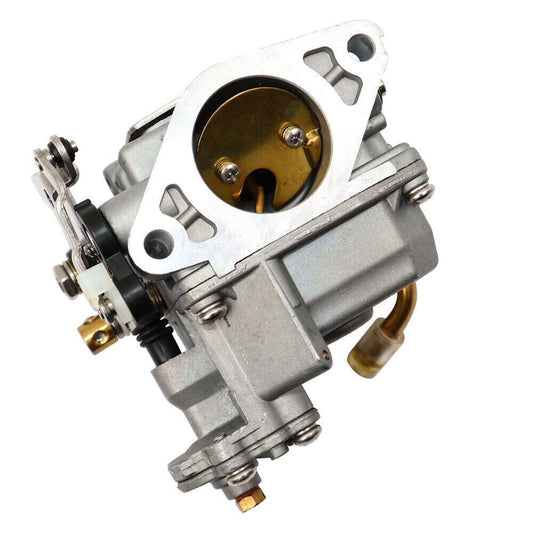
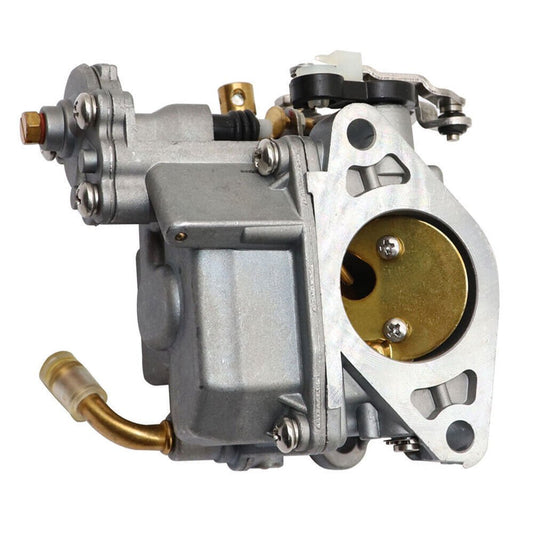
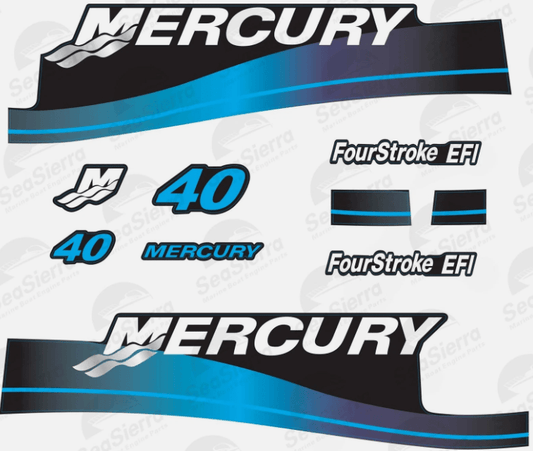

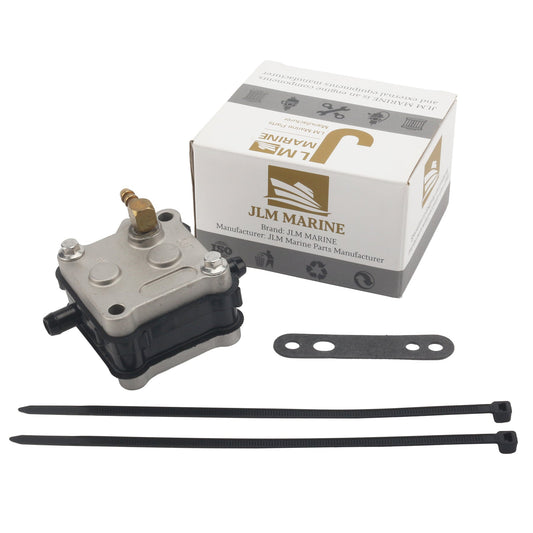
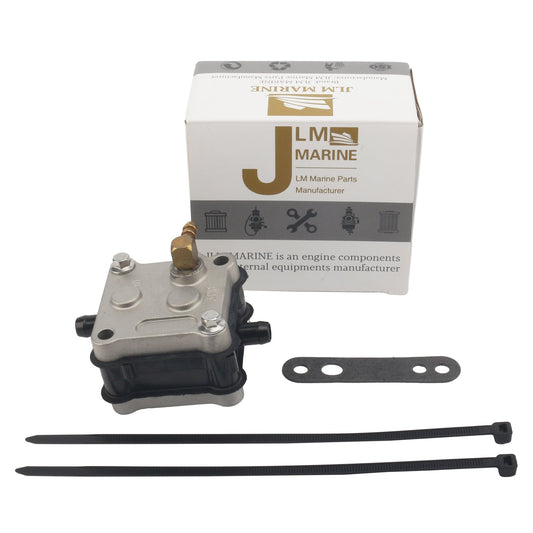
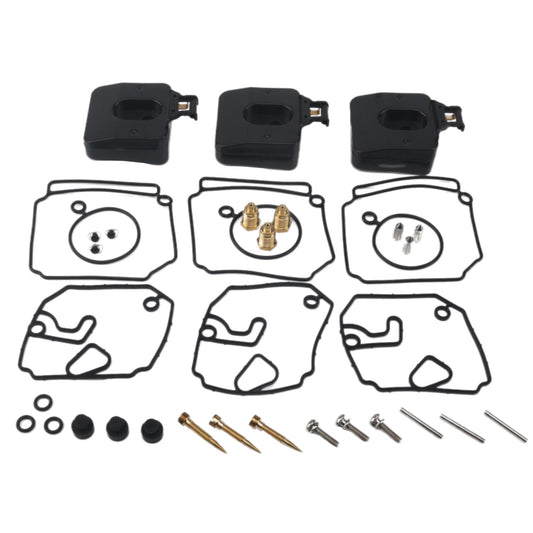
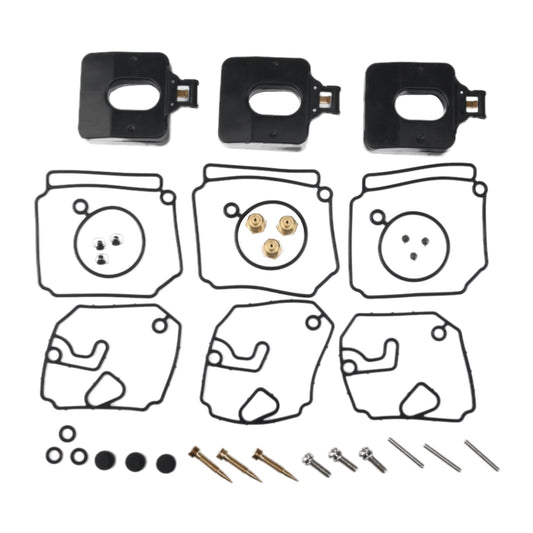
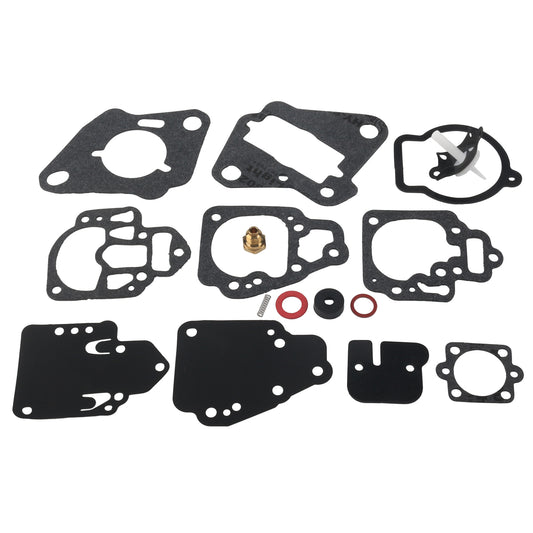
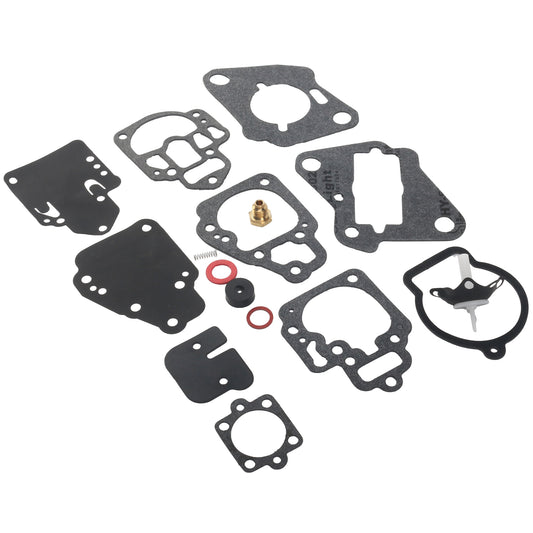
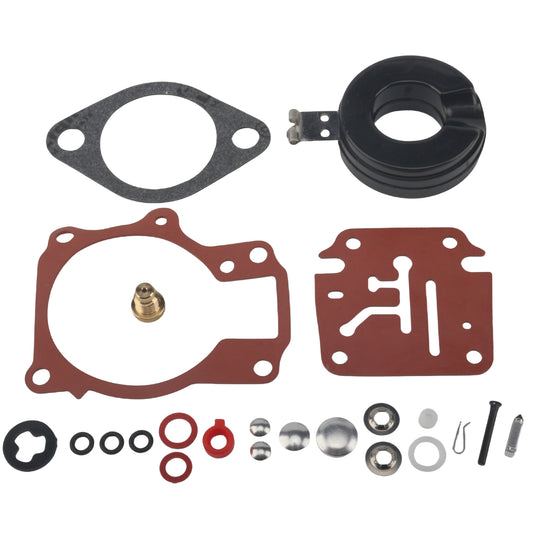
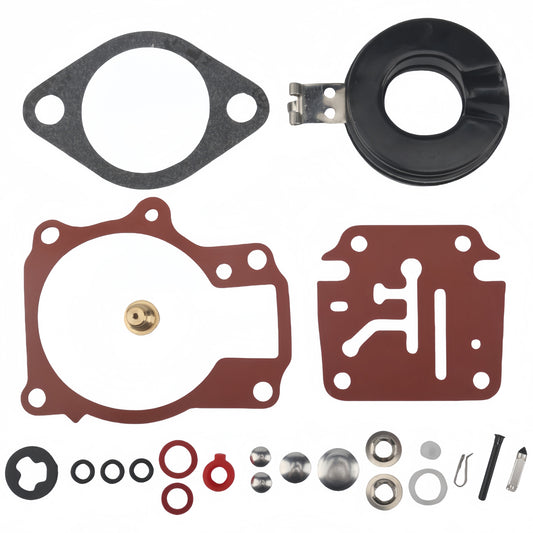

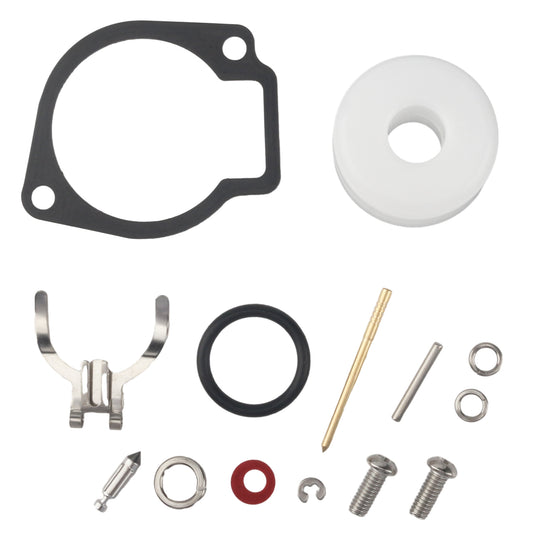
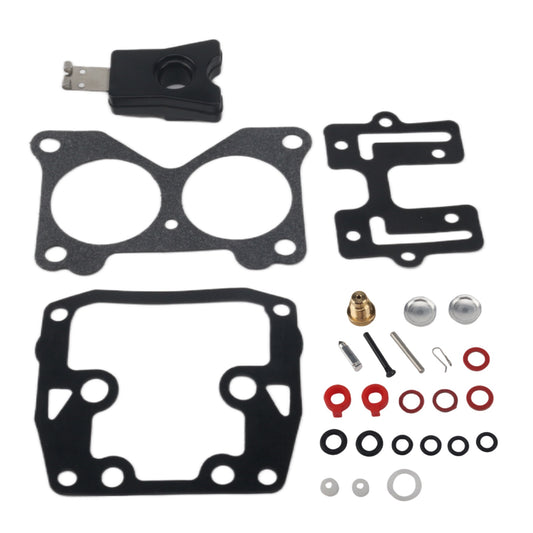
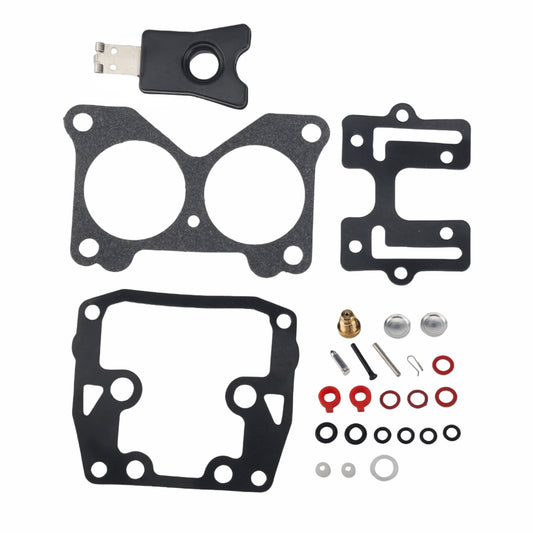

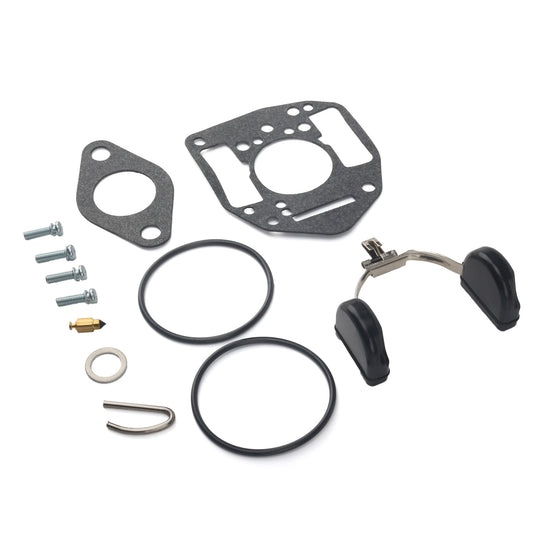
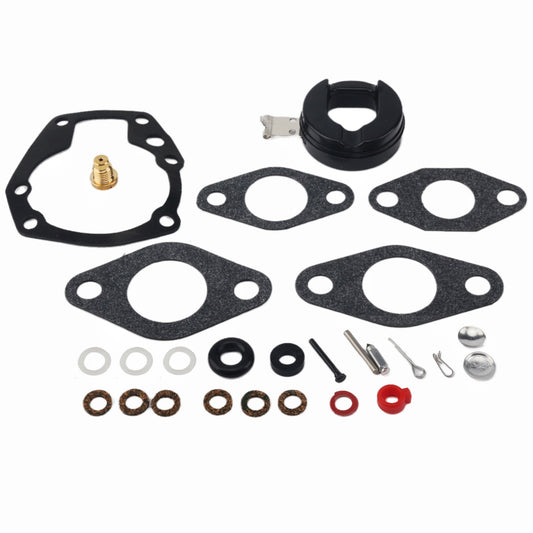
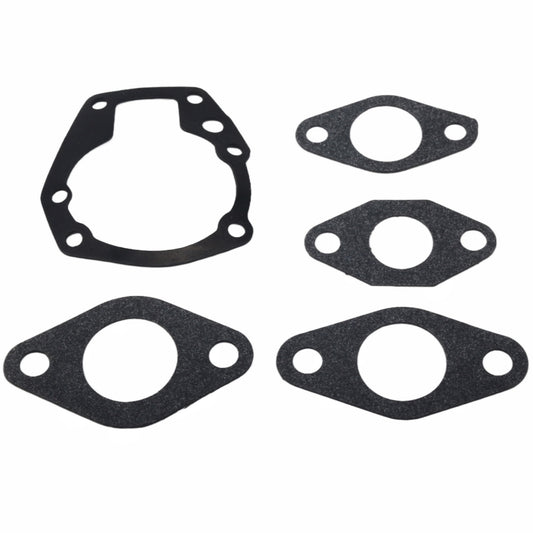
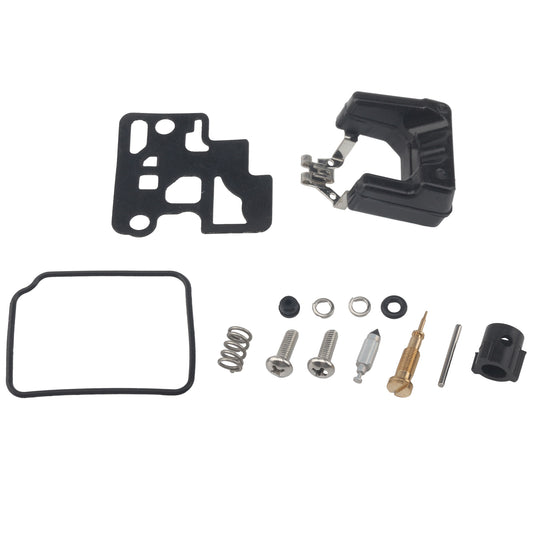
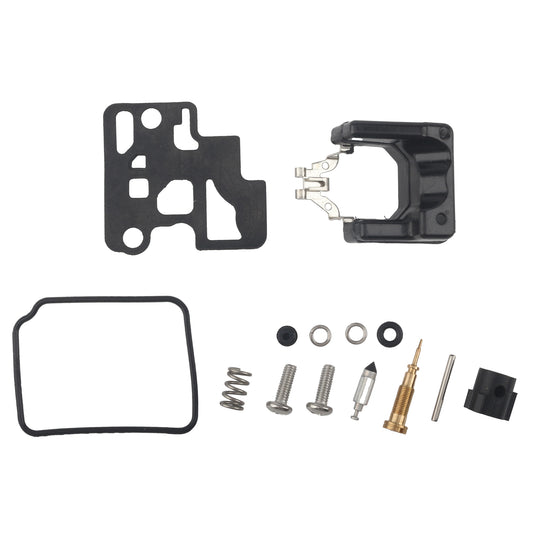
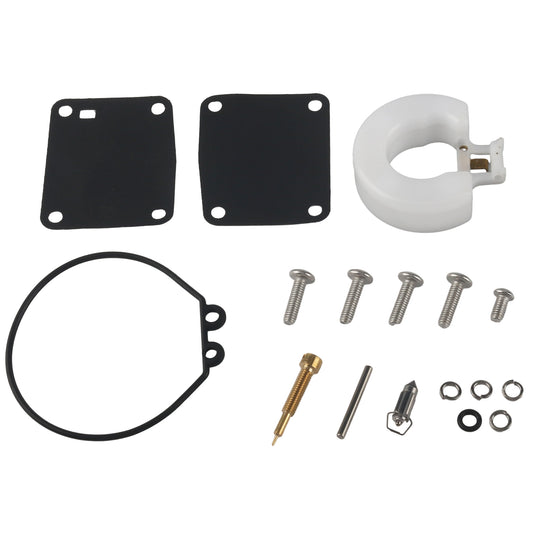
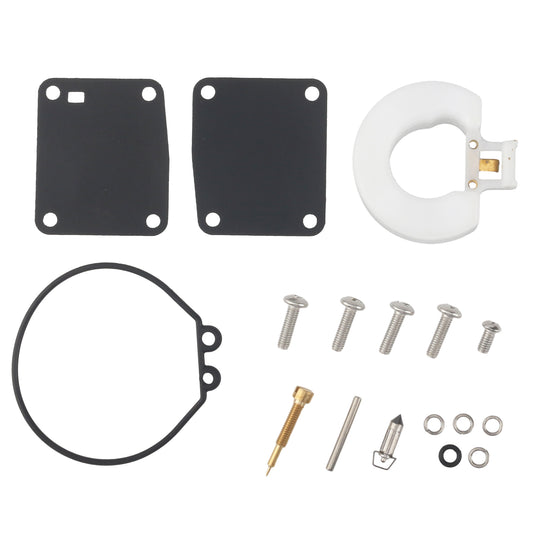
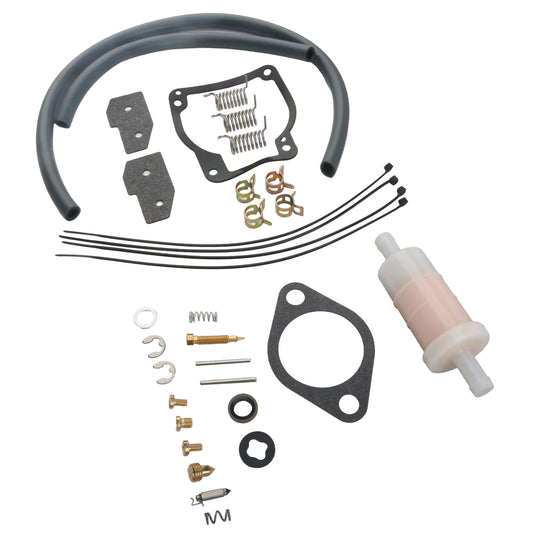
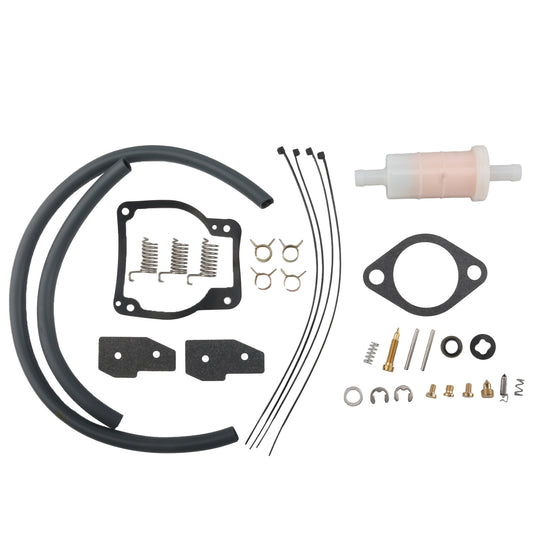

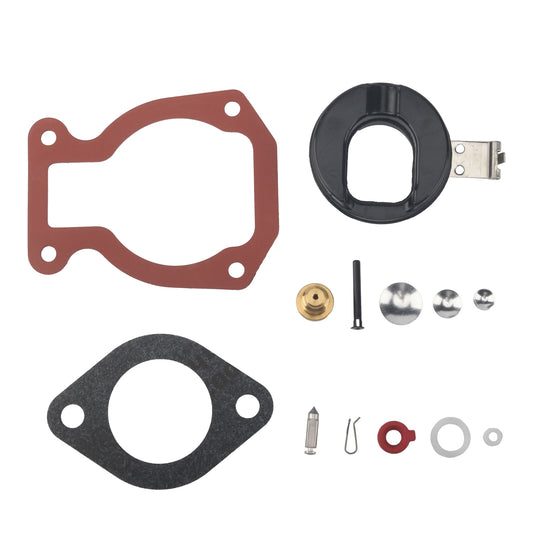


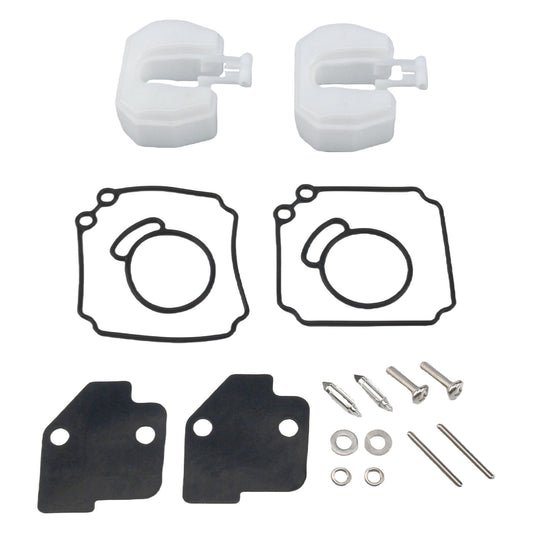
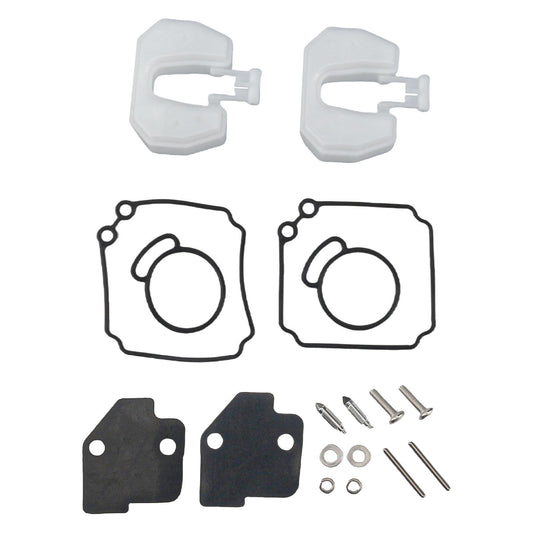

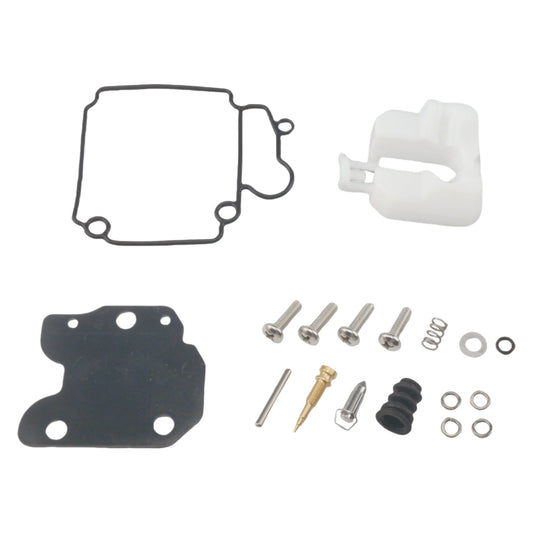
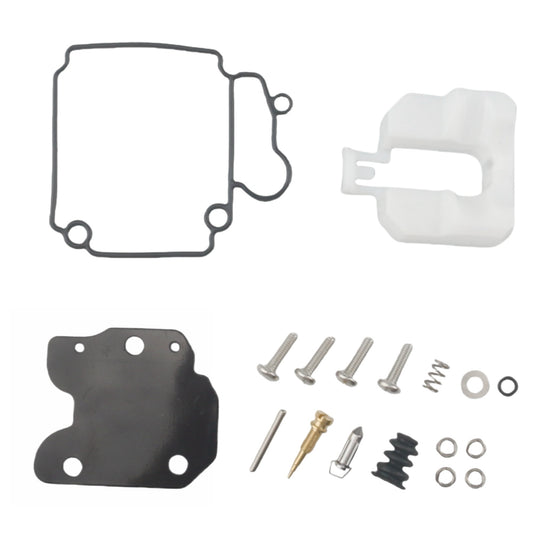
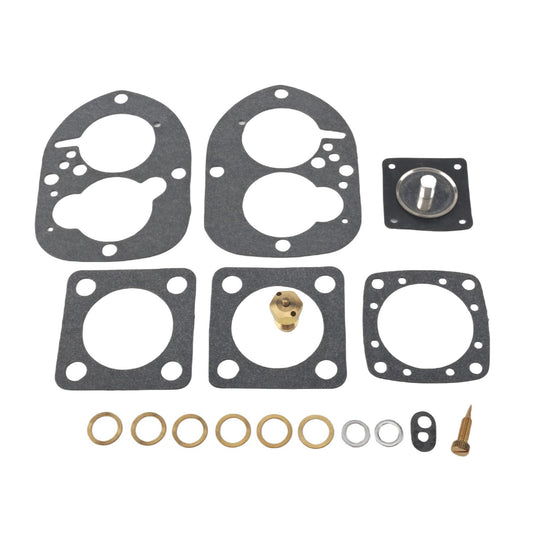
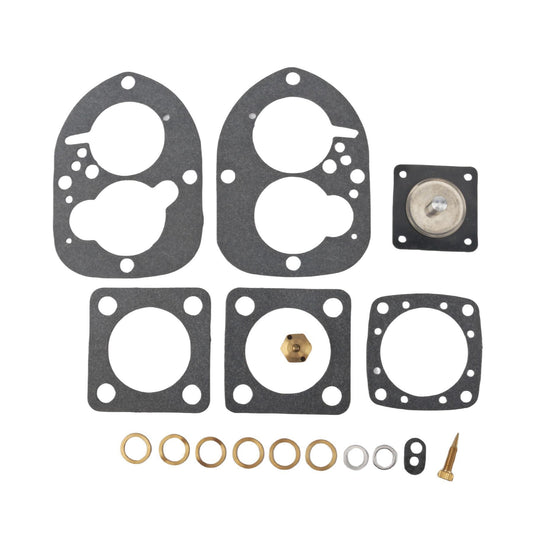
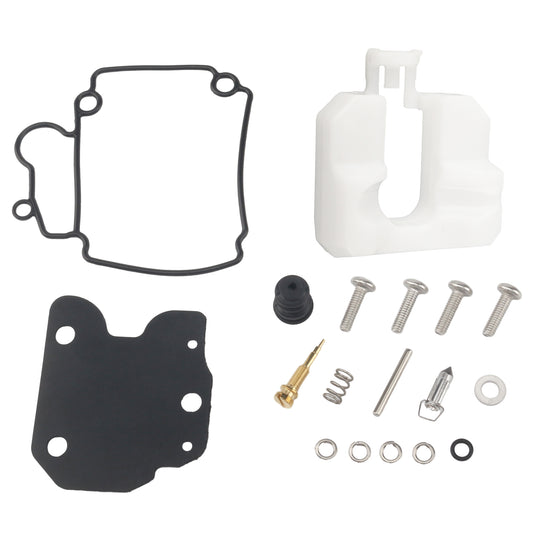
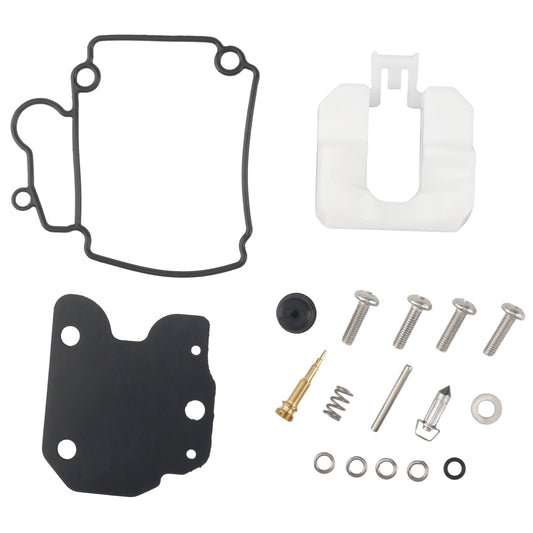
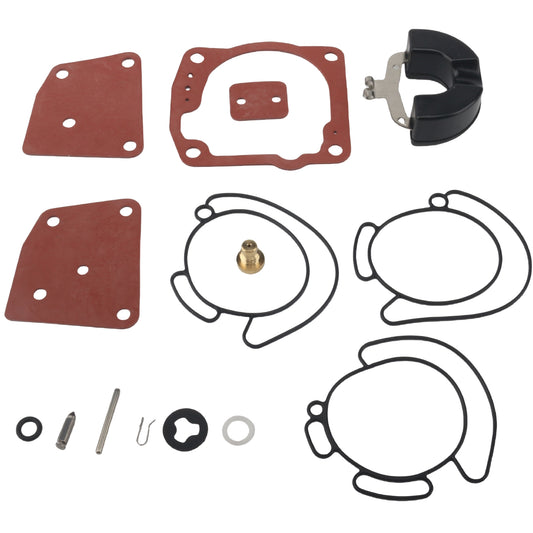
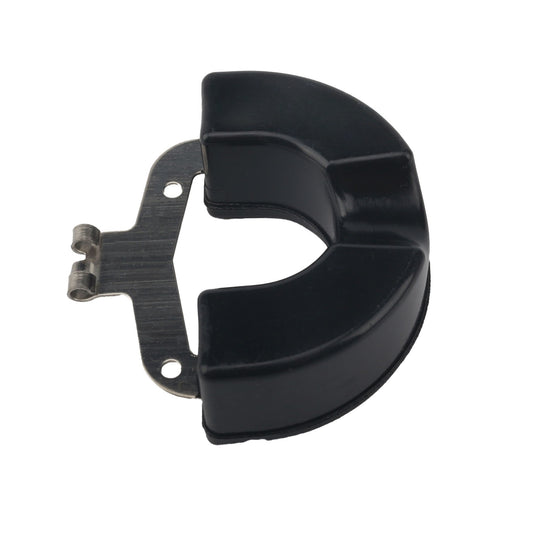
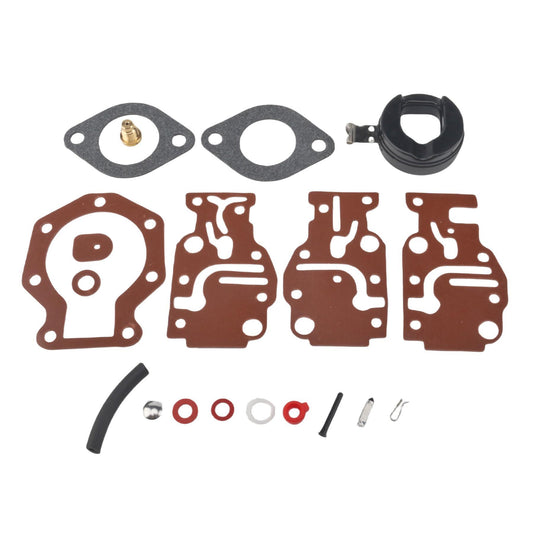


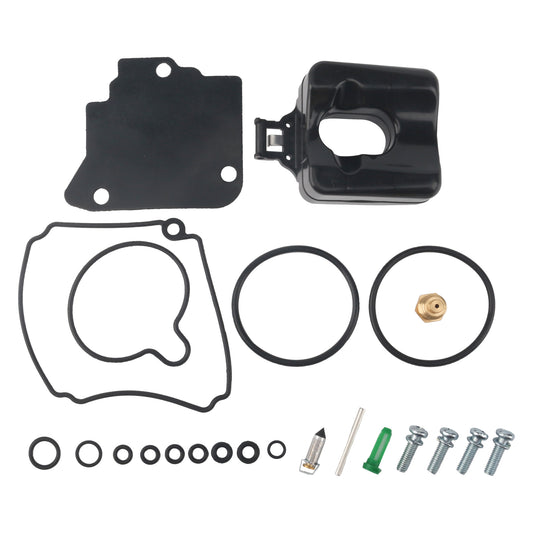
Leave a comment
Please note, comments need to be approved before they are published.